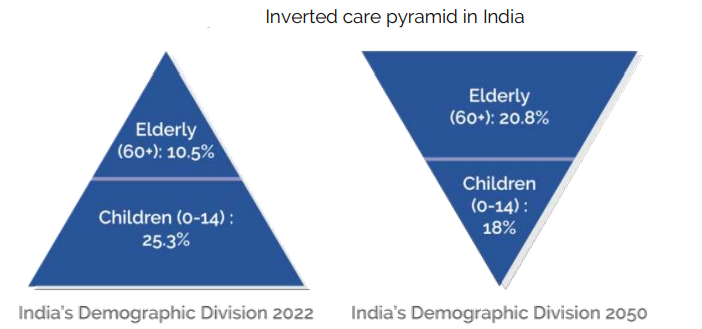7667766266
enquiry@shankarias.in
Recently, the need for addressing low female labour force participation rate (LFPR) through care economy has been highlighted.


|
Female Labour Force Participation |
|